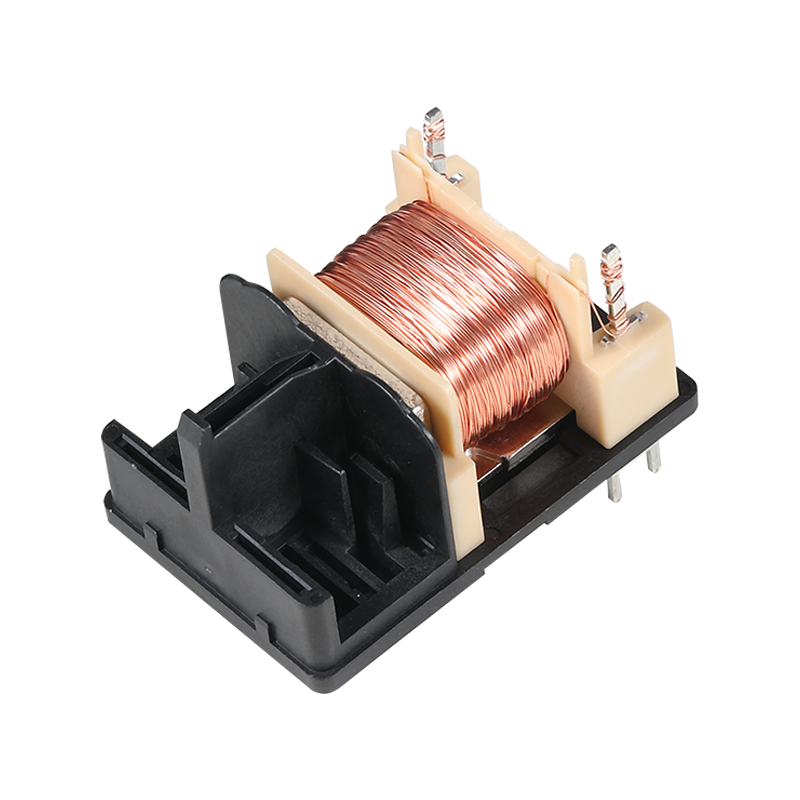
ABS (Acrylonitrile Butadiene Styrene) is a popular thermoplastic polymer known for its strength, durability, and versatility. It is widely used in the manufacturing industry for producing a variety of products due to its physical properties.
Injection molding is a manufacturing process that involves injecting molten plastic material into a mold to create a three-dimensional object. In the case of ABS, this process is particularly effective due to the material's ability to maintain its shape and strength at high temperatures.
The ABS injection molding process begins with the material being fed into a hopper, where it is heated and melted. The molten ABS is then forced into a mold cavity through a sprue, which is a channel that directs the material into the mold. Once the mold is filled, the ABS cools and hardens, taking on the shape of the cavity. After the cooling period, the mold is opened, and the finished part is ejected.
Advantages of ABS Injection Molding:
High Production Efficiency: Injection molding allows for the mass production of identical parts quickly, making it an ideal choice for high-volume manufacturing.
Consistent Quality: The process ensures that each part produced is uniform in size, shape, and material properties.
Complex Designs: ABS can be molded into intricate shapes and designs that would be difficult or impossible to achieve with other methods.
Durability: The resulting parts are strong, impact-resistant, and can withstand a variety of environmental conditions.
ABS injection molding is used in a wide range of industries, including automotive, consumer electronics, and household appliances. Some common applications include:
Automotive components such as dashboards, bumpers, and interior trim;
Electronic device casings and housings;
Toys and children's products;
Furniture components and household items.
Casting is another method used to shape ABS plastic, which involves pouring the material into a mold and allowing it to harden. This process is often used for smaller production runs or when creating prototypes.
Casting ABS plastic involves preparing a mold, which can be made from various materials such as silicone, rubber, or metal. The ABS material, in the form of pellets or liquid resin, is then heated and liquefied. This liquid is carefully poured into the mold, where it takes the shape of the mold's cavity. After the ABS has set and cooled, the mold is opened, and the finished part is removed.
Advantages of Casting ABS Plastic:
Customization: Casting allows for the creation of unique, one-off pieces or small batches of parts with intricate details.
Material Savings: Since the material only fills the necessary space in the mold, there is less waste compared to other methods.
Lower Tooling Costs: Molds for casting can be made from less expensive materials than those used in injection molding, reducing upfront costs.
Creative Flexibility: The casting process is well-suited for artists and designers who require the ability to create complex shapes and textures.
Casting is particularly useful in industries where customization and creativity are valued, such as:
Art and sculpture, where intricate and detailed pieces are required
Prototyping, for creating initial models of new designs before mass production
Small-scale manufacturing, for producing a limited number of parts with unique specifications
While both injection molding and casting can be used with ABS plastic, they each have their own set of advantages and are suited to different applications. Injection molding is ideal for high-volume production of consistent, durable parts, whereas casting is better for creating unique, intricate pieces or prototypes.
Understanding the processes of ABS injection molding and casting is crucial for manufacturers and designers alike. By choosing the appropriate method based on the specific needs of a project, one can optimize production efficiency and material usage.

 English
English 中文简体
中文简体 русский
русский









